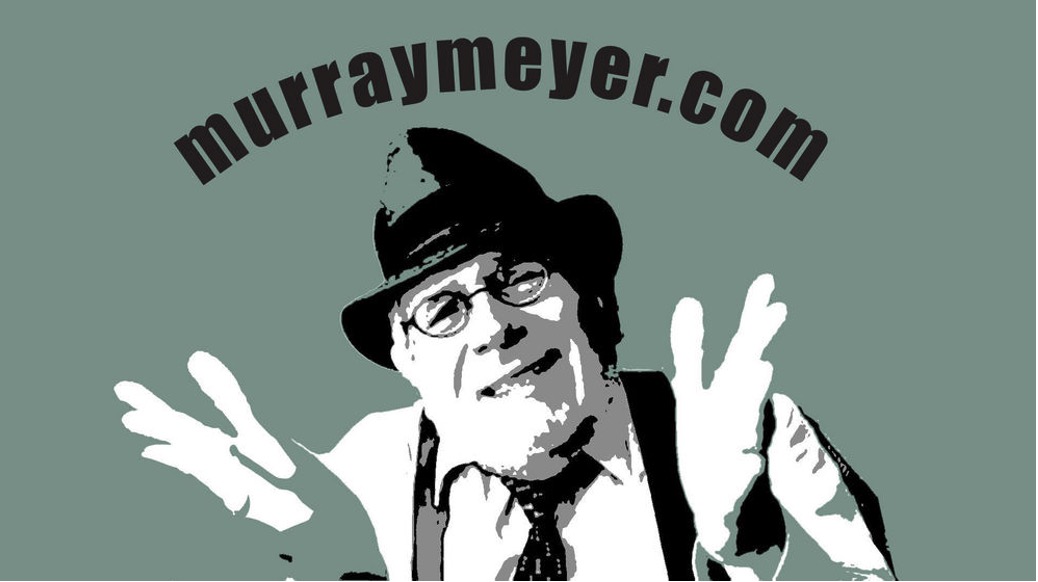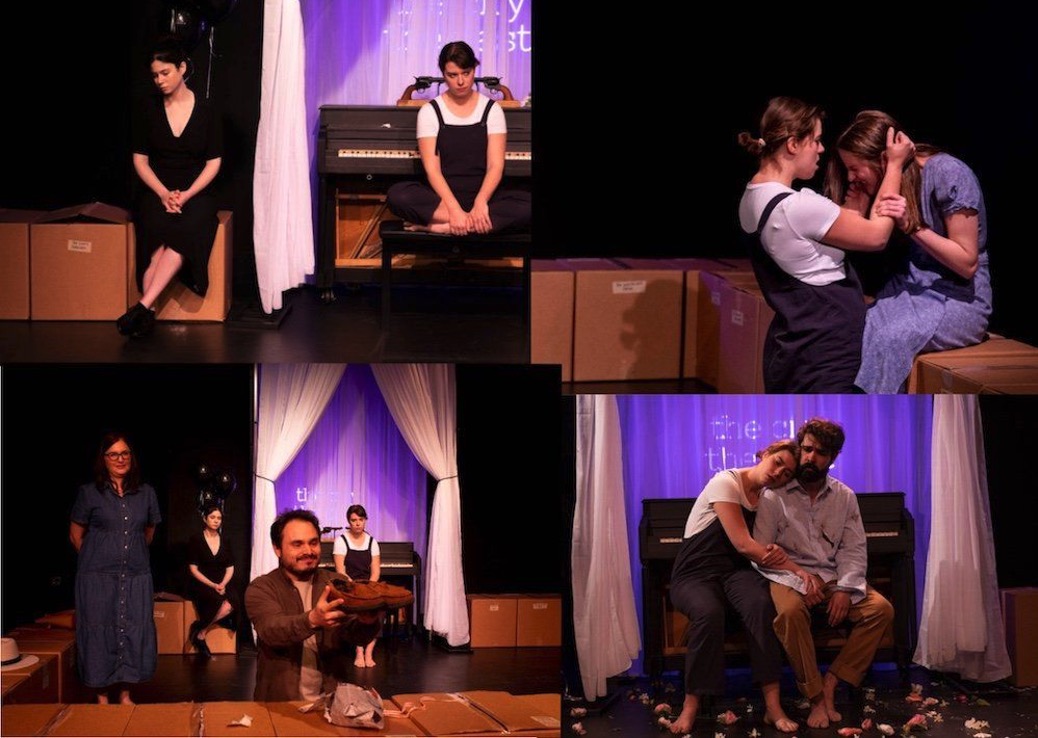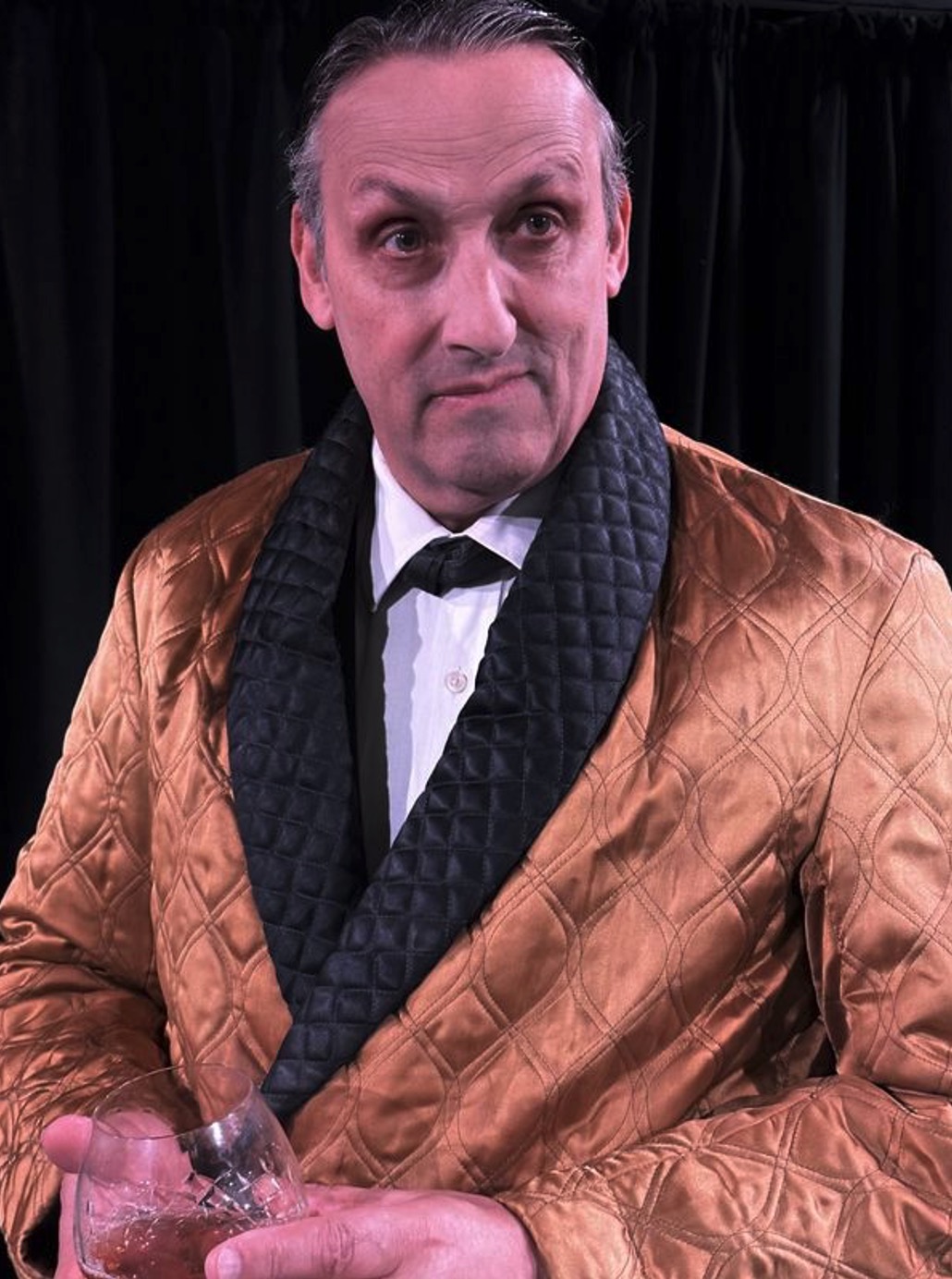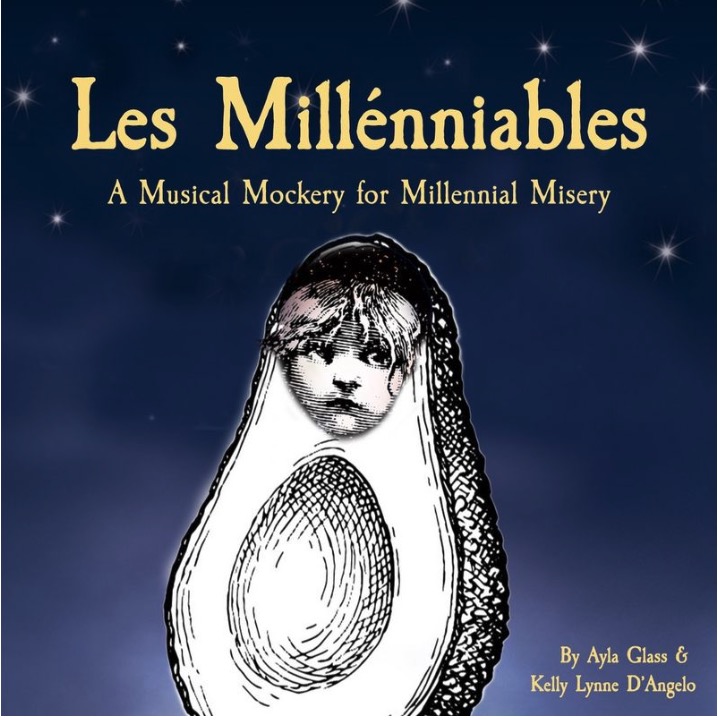Comments
GELFAND’S WORLD - A couple of weeks ago, I went to the opening day of the Hollywood Fringe Festival. It's a drama festival which includes plays, musicals, and all manner of one-person shows running alongside surrealistic comedies. Based loosely on the idea of the Edinburgh Fringe Festival, this Hollywood version ran from June 8 to 25, but some of its shows, particularly the award winners, will continue in post-fringe extensions, and you can eventually find out about them here. [www.Hollywoodfringe.org]
The Hollywood Fringe, warts and all, has something to tell us about the state of semi-pro theater in Los Angeles, and even something to tell us about professional theater. And it makes this possible by offering hundreds of performances of dozens and dozens of productions, ranging from the carefully professional to the rankly amateur. It's fun not only to look for the diamond in the rough, but also for the rough that lacks a diamond. And how do you experience all this? . . .
The Fringe Binge
That's what I call going to four or five performances stuffed into one afternoon and evening. You don't have to choose between musicals and drama, or surrealistic comedy vs. a one-person show. Just go to one of each. The Fringe makes this easy by scheduling shows of 60 to 90 minutes, and keeping prices low.
A nasty cough got in my way for a couple of weeks, but I got in my Fringe Binge on Saturday.
Criminal Defence: A Comedy

I'll start with a one-man show by a guy you probably have never heard of, and if you had to know him, you probably wouldn't want to brag about it. Murray Meyer is a criminal defense attorney, which means that he is the guy in the suit who represents the guy who has been accused of a crime. Thus a one-man Fringe show called Criminal Defense. Meyer came to the practice of law when he was already approaching middle age, and now after 38 years in practice, he is near enough to retirement that he is willing to tell some funny stories.
I should offer just a bit of disclosure -- that I come from a family that has a bunch of lawyers and I have read lots of books about trials and courts -- and Murray told a story that beats anything I have ever read. I'll try to give the brief version here. Murray was working the misdemeanor criminal arraignment section in the valley one morning. The name of a court appointed client is called, and some guy stands up. The name is some multi-syllabic eastern name, and the guy doesn't have a lot of English. But he does keep telling Murray, "I'm innocent." I'm innocent." The problem is that this is a spousal abuse case, and the courts don't like either these cases or the defendants. Murray keeps telling the guy that he will get him a deal. The guy keeps protesting his innocence, explaining, "My wife is crazy!" Murray keeps explaining that if they go to trial, he will lose, and they will send him to jail for a year. Judges don't like wife beaters.
Murray talks to the prosecutor, gets a good deal which includes anger management class, a little public service, and no jail time. A great deal, he calls it. He then browbeats the client into taking the deal, all the while putting up with the client's cries about innocence as they fill out the multi-page plea form (the one where you give up all your Constitutional rights so you can stay out of the slammer). He takes the form and goes into court and hands the paperwork to the bailiff. So the bailiff reads off the name of the defendant, and . . .
A Woman Stands Up!
Yep, the woman was the actual arrested person, the real defendant, and the man, her husband, wasn't adept enough in English to explain who he was to this court appointed lawyer.
So when have you ever heard of a lawyer who got the victim to plead guilty to the crime?
You won't even find that in the Rumpole stories.
Something different: A kinda maybe surrealistic group doing multiple sketch comedies
The Month Long Ham Fest is a group comedy with a slightly odd format. As explained by the actors, they have a number of skits to perform, and only an hour to get them all done. They therefore ring a bell to start each skit and ring a different bell when time has run out. They are the sort of sketch comedy bits where you don't remember all the details after they are over, but you are laughing and enjoying yourself while they are going on. There was one sketch where the performers are standing around and realizing that somehow they have transported themselves into the future and need to get back, but are having trouble remembering how to time travel. Then one of them remembers something. They all begin to form a line dance, and accompany it with the music to Achy Breaky Heart. And suddenly they are back where/when they came from. I don't think it's supposed to make sense, but it took the audience along with it. And it made exactly as much sense scientifically as accelerating a DeLorean up to 80 mph.
There was a skit called Ring Toss that I won't describe other than that one of the male performers was wearing what is generally described as a dildo, and audience members lined up to try to win at ring-toss. This description is a clue about Hollywood Fringe audiences. It seemed to me that in shows I was watching, many of the audience members were acting students or young performers, with a few director types thrown in. The clue is that they tend to respond when spoken to by the cast members, and they are willing to play along with the script games. I suspect it's the effect of all those exercises that acting students engage in. In any case, these audiences are willing to be participatory.
The Month-Long Ham Fest plans to continue its performances on a monthly basis, if I understand correctly, and I recommend seeing them if you like this sort of thing, or like physical humor. The Marco Polo skit (yeah, the swimming pool game, but played through the audience) was fun not only to watch, but to participate in.
I missed Hedda Gabbler, but I'm hoping it will be performed again during the post-Fringe session.

A little more about the Fringe. It takes place in a smallish area surrounding Santa Monica Blvd and Cahuenga. It's in a place that includes a famous cemetery (Hollywood Forever) that is itself the scene of quite a few movie and television scenes. There are real studios, businesses that cater to the television and movie business, and there are a lot of old one-story buildings that have been around since before the war.
Out of this urban mélange, a number of small theaters have emerged, and some still survive. For example, the Broadwater is on a Santa Monica Blvd corner, has several small theaters (stages, they call them) and a friendly sort of bar. It is one of the traditional homes of Fringe performances from year to year.
The other thing about the Hollywood Fringe is that there are a lot of one-hour performances to go along with a few 90-minute shows.
Sherlock Holmes: The Last Act

Actor Nigel Miles-Thomas is a renowned Holmes interpreter
I must preface this by pointing out that many of the performers in the Fringe are young types -- actors and actresses who are learning the ropes, perhaps taking classes from one of the many local acting studios and looking for any kind of a spot at all in a commercial or side role. Others aren't even that far along, in that they are not determined to be professionals but just do acting as a pastime.
So it was a special feeling to have a mature actor who knew his way around a line and a prop performing in Sherlock Holmes: The Last Act.
The setting is Sherlock's old lodgings on Baker Street in London. He has returned, late in his career and his life, for the funeral of his old companion, Dr Watson. The character, portrayed by Nigel Miles-Thomas, talks to the late Dr Watson who isn't really there, but who would be the proper foil for Holmes to discuss some of the secrets he has been keeping inside himself for too long. So Holmes tells his story, which includes his own cocaine addiction, and enlightens us about his lonely but intellectual life. He tells how he faked his own death, even as he killed Moriarty, and muses on whether he feels much guilt at all for the killing. At another point of the show, he considers the death of his own father, a brutish and rejecting man, who dies partly due to the actions of the young Sherlock. Overall, an interesting performance which provided insight into the Holmes character.
A more or less high school level play
Early in the afternoon, I attended part of "A totally normal sketch comedy show in which absolutely nothing evil will happen, we presume." My apologies for being late. I arrived to the door of the stage only to hear male shouting and a few little laughs from the audience. The doorman (do we still speak of that person as a "doorman?") explained that I had to wait for a break in the action, and we would know by hearing clapping.
It was a long wait.
Eventually I got in, only to see that the whole back of the stage was a screen, and on the screen was projected a male face wearing some sort of helmet, and he was speaking a sort of patter which didn't make a lot of sense to me. Then the actors entered the stage. For the next 35 minutes or so, they did various things which mostly didn't really provoke laughter.
My impression was that this was the same set of kids from the old movie who have a barn and decide to put on a show. The only problem was that they were missing Mickey Rooney and Judy Garland. There were one or two who might make it into acting given some serious study, but several of the others seemed like college chums who were asked to fill in.
There was one part which I do remember, and I'll simply share it with you. A male and female sat down on chairs and explained to a third person that they had finished the songs for the children's record album, and they were going to perform them. The first song for the kids started with "Stare right into the sun," or something like that. Maybe it was "Look directly into the sun." You get the drift. The other person then berated them. Apparently it is supposed to be comedy when one person explains to another that you should not engage in practices that would encourage children to go blind.
Then they sang a song encouraging children to take a nap on the railroad tracks.
I should point out that the musicians seemed to be the two most talented members of the cast, but you can't do much with this kind of material.
Les Millenniables

And finally, one more performance in my binge. A group of student-age actors and actresses do a take-off on Les Misérables, using the title I have typed in just above. Believe me, it is easy to mistype a name like Les Millenniables.
As the performance is about to begin, the announcer tells us that this show, despite its French sounding name, is not set in Paris in the 1800s, but in Los Angeles in 2008. The moment is the graduation from California State University Northridge, otherwise known as CSUN, (pronounced Sea-Sun). Our protagonist, obviously a local girl, is oddly enough named Jean Valjean, and is almost immediately met by an evil fellow in a coat who identifies himself as Javert. Thus they have established the protagonist-antagonist relationship of the original musical.
It is also announced that this production will be taken to the Edinburgh Fringe Festival this summer.
And now they develop the theme. Jean discovers that she has lots of student debts, and almost immediately discovers that -- it being the recession of 2008 -- she has lost her job. Now she is facing paying her student debt, and Javert is ever after her.
If this were a different, long ago musical, I would stand up and shout, "STOP THE WORLD!" You're going to take this to the Edinburgh Fringe Festival and talk about the travails of having student debt? Did you know that most Scottish students don't pay tuition for their undergraduate education in Scotland? Most European countries have tuition-free college education for their own students. It would be like going to England to bemoan the cost of medical care for uninsured Americans.
Perhaps the local Scots will look upon this as an artform from another culture, sort of how these student performers from CSUN would try to figure out the story of Siegfried, and why he is impervious to spear thrusts, but only most of the time.
Other than that, the show proceeds with Jean and her friends getting more and more stuck in the post-2008 misery, which is mainly their accumulating debt and their lack of income. There is some nice singing, and some athleticism coupled with attractive dance. I think that the Misérables theme provided a structure for talking about the difficulties faced by millennials, but this isn't the original musical, any more than the original musical was equivalent to the Hugo nov
Things to Come
The above has been a necessarily abridged discussion of a day at the festival, a chance to do something that we ordinarily wouldn't be able to do, which is to catch 5 or 6 or 7 performances in a single day, to drink coffee, and to hang around bars in the intervals. As always, some of what I saw was pretty mediocre and some was pretty good. I think that because I concentrated on comedies, one-person shows, and musicals put on by young people, I probably missed the more serious, adult oriented dramatic performances. I concentrated on those in previous years, and had a full plate out of it. So I will be looking for the encore performances as they are announced, and will try to mention anything special along the way.
(Bob Gelfand writes on science, culture, and politics for CityWatch. He can be reached at [email protected].)






